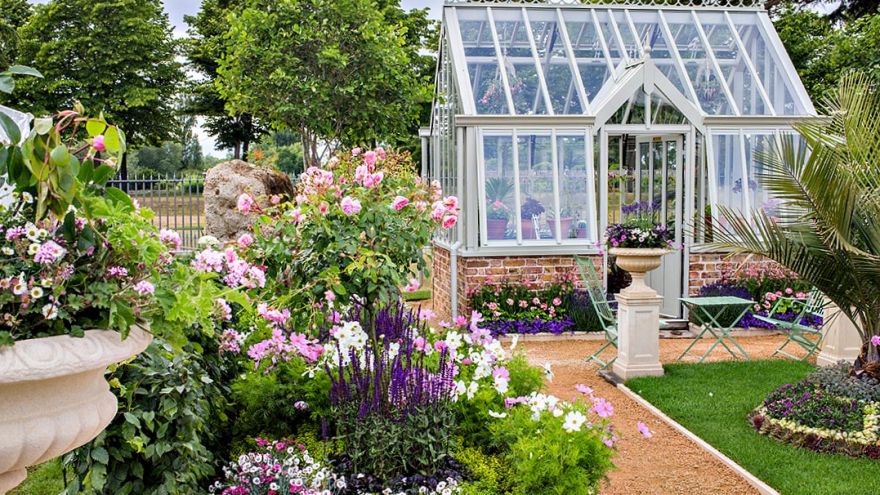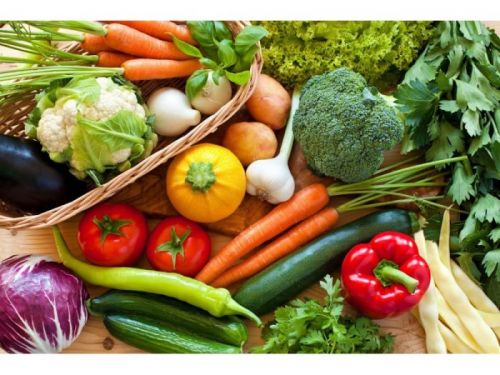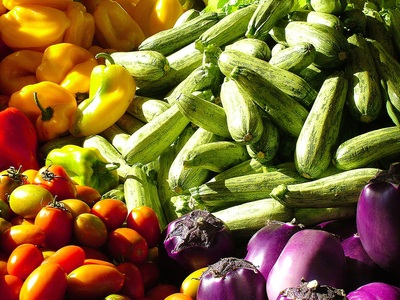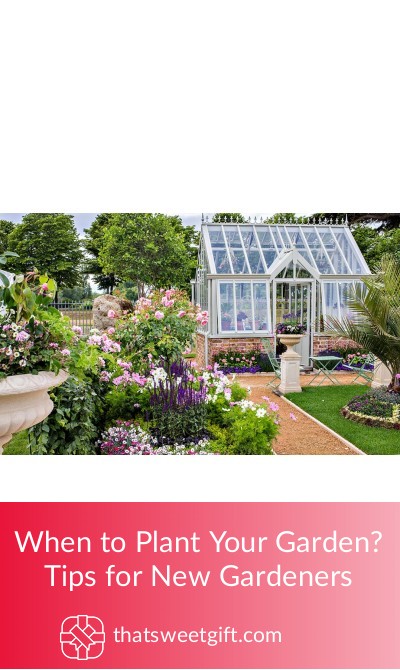When to Plant Your Garden? Tips for New Gardeners

There are a lot of different aspects that go into gardening. Those that don’t garden themselves often don’t realize how complicated it can sometimes be and definitely don’t know how much work actually goes into it. If you are ready to start a garden or interested in expanding your garden to include things you may not have worked with in the past, the first question you are probably going to ask is, “When should I plant my garden?”.
Not surprisingly, the question of when to plant your garden is not a simple one. There are tons of different factors that can vastly change the answer to the question. The climate you live in, the expected dates of the last frosts for your area, the type of plant that you are planting, and more can play a role in determining the best time of year to plant your plants in your garden. Your best bet is to start with figuring out your growing zone and the type of plants that you intend to plant. Below, we will give some general guidelines to help you get a solid idea of when to plant various types of plants.
Trees
The best time to plant most trees will generally be in the fall. However, what is much more important than the official season when planting any type of plants is what it actually feels like. When we say fall is the best time to plant trees, we mean whatever time of year it may be in your area when the hottest part of your summer is over, and things are starting to cool down, but you still have some time before your ground begins to be frozen for periods of time. Depending on your area, that may be halfway through the summer or it may be the beginning of fall or the very end of fall.
Fall is when most trees really start growing their roots bigger and stronger. It’s past the hotter part of the year when a newly planted tree could be damaged by scorching sun and it gives your tree time to grow and establish roots before the freezing temperatures of the winter. While most trees will do best if planted during the fall, or rather the time of year that feels like fall, this may not be the case for all trees. Certain trees may fair better when planted in the spring.

Fruit trees are a good example that may fair better when planted in the spring, depending on your area. If you live in an area that has a very mild winter, it’s a good idea to still plant fruit trees in the fall. However, if you experience a typical winter or a very cold and harsh winter, try planting fruit trees in the spring in order to protect them from a harsh winter right off the bat.
Trees that need longer to establish themselves after planting such as magnolia, birch, dogwood, and different willow trees will also fair better if planted in the spring. Additionally, since pine trees and evergreens never actually go dormant the way other trees do, it is fine to plant them in either the spring or fall depending on which is most convenient for you.
Vegetables
For most people, a huge part of gardening tends to be about growing vegetables. One of the most important things to know when gardening vegetables is the difference between cool-season vegetables and warm-season vegetables.
Cool-Season Vegetables
Cool-season vegetables tend to fair best in temperatures between 40 and 75 degrees Fahrenheit. Cool-season vegetables are things like beets, carrots, spinach, potatoes, kale, broccoli, onions, and lettuce. They are usually vegetables that produce edible leaves, roots, or even seeds such as the case with peas. Cool-season vegetables should be grown to maturity before the heat of summer hits.

At about 80 degrees, cool-season vegetables tend to stop producing. So, consider your climate and the average temperatures in the area before deciding when will be best to plant these types of vegetables. Most of the time, the best time to plant cool-season vegetables is a couple weeks to a month before the last frost of spring. If you have a very mild summer, you can plant these types of vegetables at the end of summer for fall or winter harvest.
Warm-Season Vegetables

Warm-season vegetables are typically the vegetables where the edible part is not the roots or leaves, but rather the fruit that the vegetable produces. Examples of these would be tomatoes, peppers, cucumbers, corn, eggplant, and zucchini. These vegetables thrive in warm soil and rely on hotter temperatures to grow and produce. Frost will take out these vegetables, so take care to not plant them when temperatures are still dropping below freezing. These warm-season vegetables are usually best to plant a couple of weeks after the last frost in spring. You can start these plants inside earlier in spring and transplant them outside later on to give them a head start.
Other Plants
Decorative flowers and bushes all vary so much that it is really hard to say when the best time for planting is. You will really just want to research the specific plants that you are considering planting and go from there. As with most things, it is best to plant seeds in the spring usually. If you are planting an already growing plant, you will usually plant it either in the spring or the fall.
Check Your Zone
There are so many variables when it comes to when you should plant things. Luckily, you can check and see what growing zone you are in and this should solve most of your problems. The reason being that when you purchase plants or seeds, they should come along with the information about when it is best to plant them according to your zone. Follow the instructions on the seed packets or that come with the plant and you’ll have a wonderful garden in no time!
Pin for later

